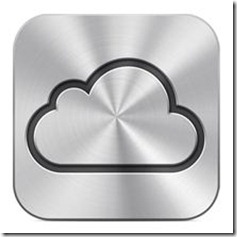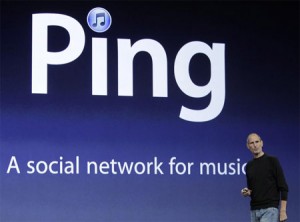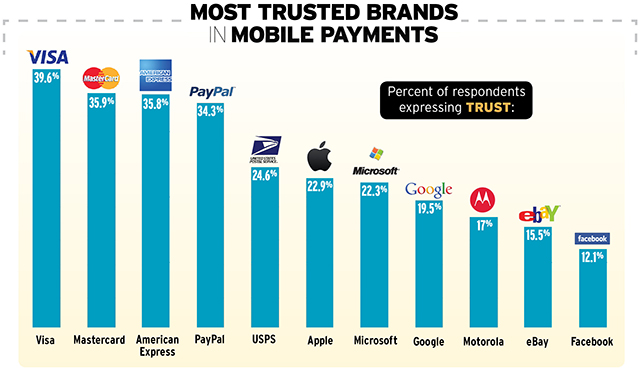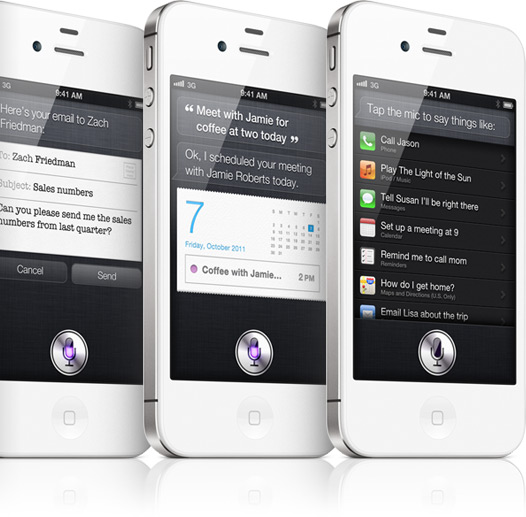 A couple of weeks ago, market research firm Canalys made a significant prediction that by the end of 2012, Apple would be the number 1 PC vendor in the world. To get to this number, they recognized the iPad as a personal computer and pointed out that if you include iPad’s, Apple would be the #1 PC vendor as well as #1 mobile computer vendor in the market by the end of next year.
A couple of weeks ago, market research firm Canalys made a significant prediction that by the end of 2012, Apple would be the number 1 PC vendor in the world. To get to this number, they recognized the iPad as a personal computer and pointed out that if you include iPad’s, Apple would be the #1 PC vendor as well as #1 mobile computer vendor in the market by the end of next year.
Although this prediction came from a respectable research firm, this same line of thinking was given even greater weight last week when HP’s CEO, Meg Whitman, told French reporters, when asked about the Canalys report, that she too believed that Apple is on track to replace HP as the #1 PC vendor in the world, although she hoped that HP would retake this position in 2013.
For the last 10 years, Apple has been all of the OEM’s worst nightmare. They became #1 in portable music players, and then became the #1 handset maker. And with the iPad they emerged as the #1 tablet maker. Now these OEM’s have to put up with the reality that Apple is on track to become the #1 PC vendor as well. And there is something else that Apple does that really irks them too. The fact that while they are having to live with margins of about 5-8% on almost all of their products sold, Apple is making margins well above 25% on everything they sell.
There is some controversy in the market research world about this idea of adding iPads into the overall mix of computers sold since most PC market researchers put tablets in their own category and do not count them as a PC. But that is very old line thinking and if Meg Whitman is counting them as part of the way HP judges PC market share, then the researchers who count PCs in general will need to adjust their thinking on this also.
But Whitman’s comment that they can overtake Apple in 2013 is an interesting one. For one thing, I suspect she is hoping that by that year, their ultrabook will be a big hit and help bring their market share back up in laptops. Also, I am sure she is counting on their Windows 8 tablet to be a big seller in 2013 and that they can create a branded Windows 8 tablet that businesses and consumers want. I believe this is a good goal, but one that may not be realistic.
Keep in mind, Apple’s mantra is to stay two years ahead of their competition at all times. What this means is that they are not standing still. Although we don’t know what is in the iPad 3, I have no doubt that it too will help extend their lead in tablets well into 2013. By 2013, when the first generation of Windows 8 tablets are just hitting stride, Apple will introduce the iPad 4 (or 3S) and could have significantly lower prices by then.
We are hearing that Microsoft’s fee for Windows 8 tablet version could be as high as $68. If that is true, right off the top the BOM costs of Windows 8 tablets will most likely force prices higher than Apple’s low-end iPad is today. And if Apple starts lowering their prices in 2013 as I suspect they will, Windows 8 tablets would be at premium pricing.
Also, while Microsoft and Intel and their partners are excited about ultrabooks, their current pricing is too high for consumers. The good news is that by the end of 2012, we could see some really solid ultrabooks as low as $599 (without SSDs). But the bad news is they don’t know what Apple has up their sleeves with their MacBook Air line for Q4 2012. While Apple will never try to beat the competition at pricing, they still could lower their Air prices significantly and market it to consumers as getting more bang-for-the-buck by then.
And even if Android tablets start gaining market share in consumer markets in the future, most of them are coming from non-PC vendors. The major PC vendors are winding down their Android tablet programs and all the big guys will be backing Windows 8 by the end of 2012. They must hope that Windows 8 tablet is a hit for this to give them any market share boost over Apple.
That means that all of the PC vendors will most likely lose ground to Apple next year, and knowing Apple, once they get to the top of the PC market share mountain, they just may have enough new products in their upcoming arsenal to keep them there for some time. If this happens, the big PC companies may have to get used to playing second banana to Apple in this new role of #1 PC vendor, something that they would never have dreamed would happen.



 standard iOS email app, but nothing that is really exciting the wide swath of users if “number of stars” is any indicator. To boot, many have argued that the Gmail app actually removes features from standard iOS email platform. So the question is why did Google really launch Gmail application for iOS? There’s a lot here beneath the surface.
standard iOS email app, but nothing that is really exciting the wide swath of users if “number of stars” is any indicator. To boot, many have argued that the Gmail app actually removes features from standard iOS email platform. So the question is why did Google really launch Gmail application for iOS? There’s a lot here beneath the surface.
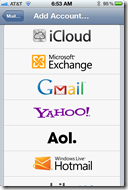

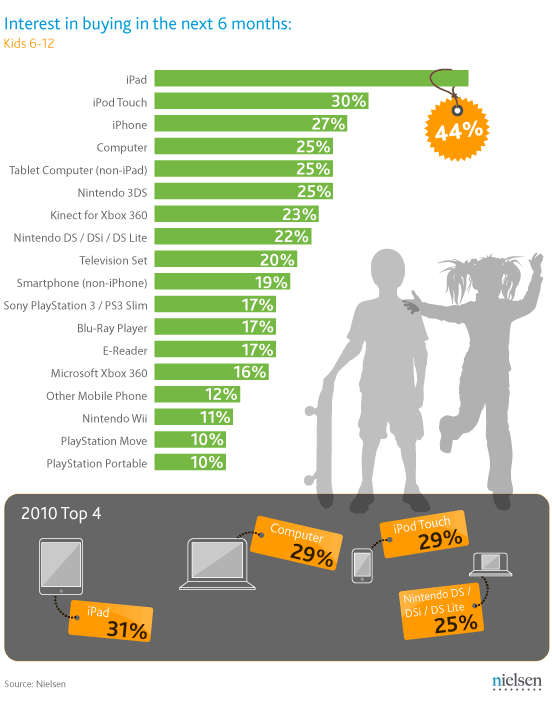
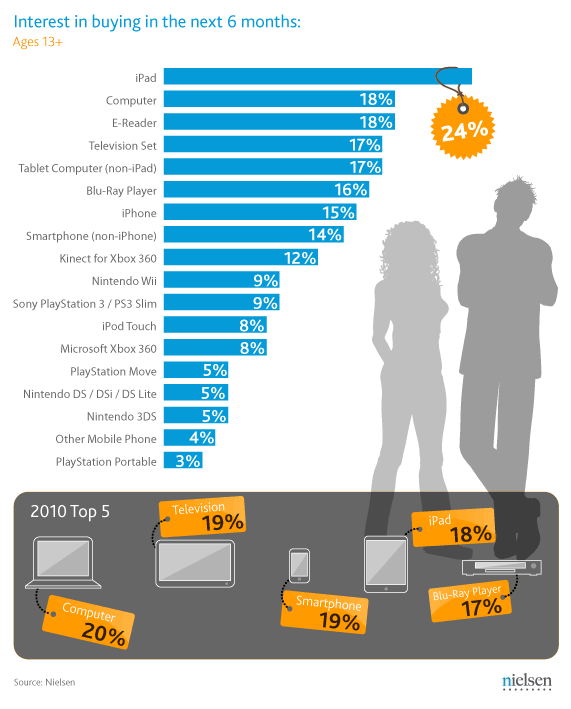
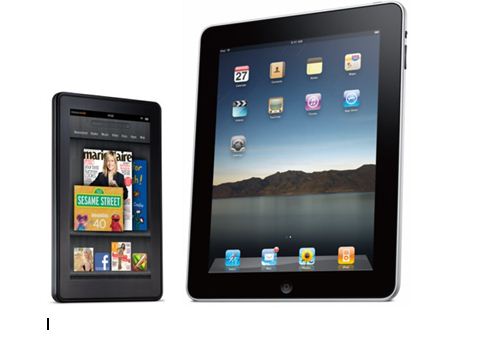


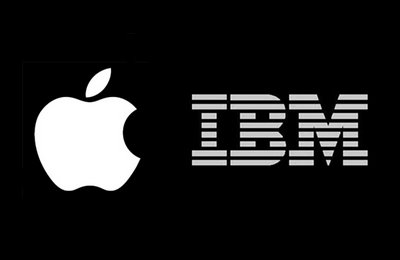
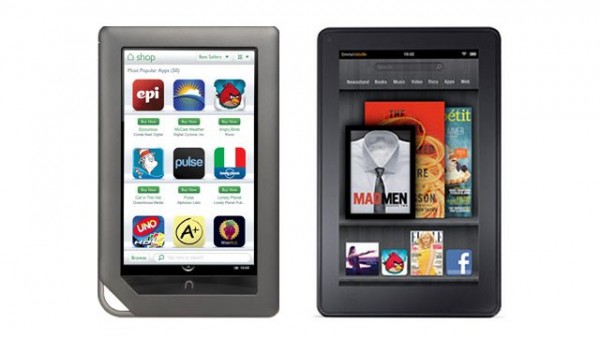



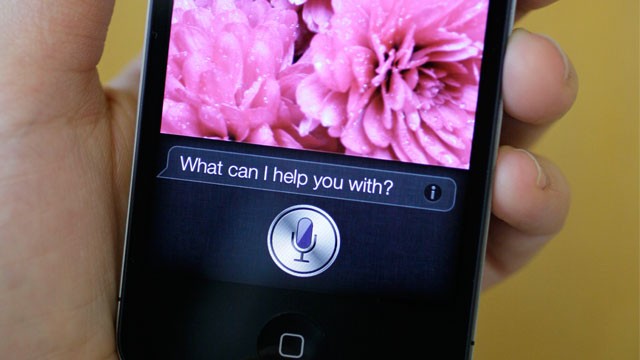


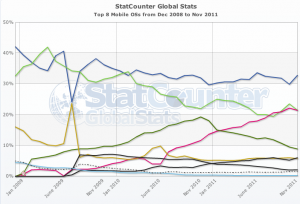


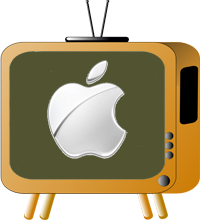
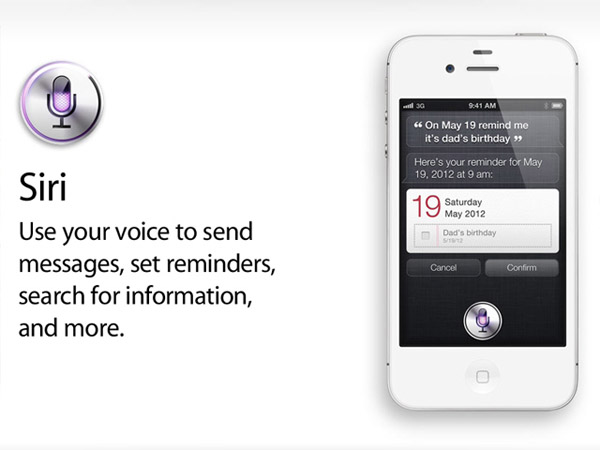

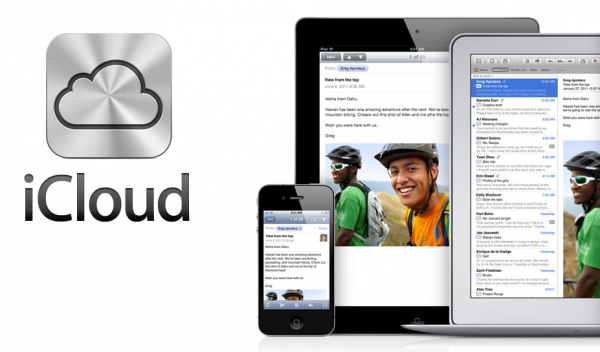




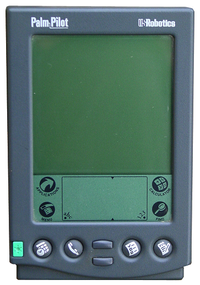

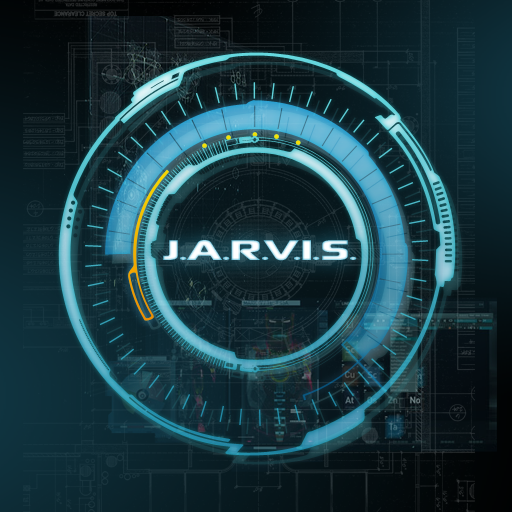




 Calendar Features: Like on Lion, users can drag time bars to set meeting time, can view attachments inside the calendar app and even share calendars.
Calendar Features: Like on Lion, users can drag time bars to set meeting time, can view attachments inside the calendar app and even share calendars.



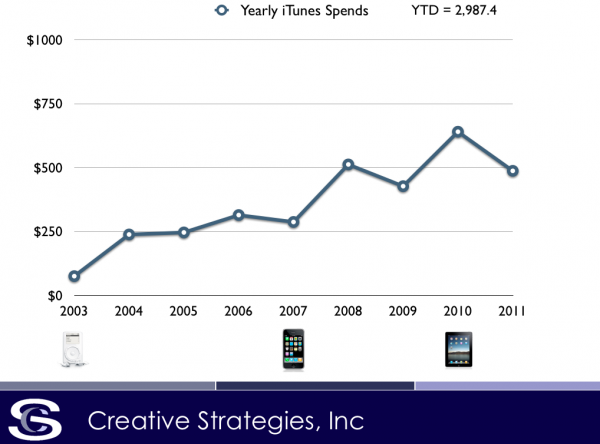


 Compress a big file and email it. Zipping or Rarring a file, attaching it, then emailing it.
Compress a big file and email it. Zipping or Rarring a file, attaching it, then emailing it.
